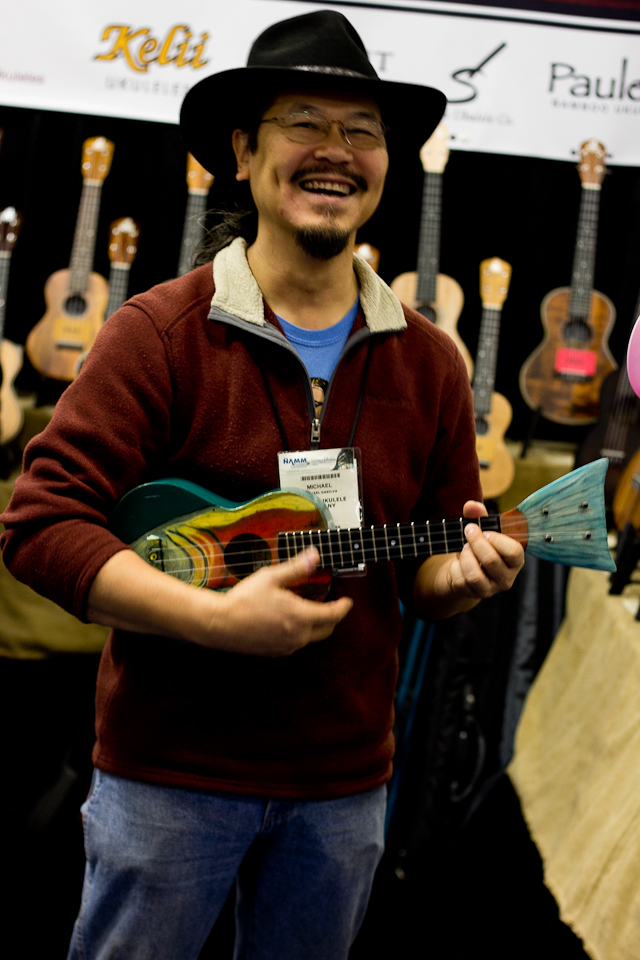Rolfie
Member
Hi people
Just been looking at the Lanikai Tuna Uke and would like to know what the general opinion is out there. Whilst the tech that makes it possible is great, should we really have to buy specific kit to make something intonate ourselves? Isnt that the job of the manufacturer?
Im fairly new to ukes so maybe im missing something, but I think its Lanikais job to make sure its good before they sell it? Not to give us kit to fix it ourselves?
Would a car salesman do it? "Oh Hi Mr Smith, congratulations on your new car, by the way the wheels arnt fitted properly so if you want to drive it here is the kit to fit them on!"
Just been looking at the Lanikai Tuna Uke and would like to know what the general opinion is out there. Whilst the tech that makes it possible is great, should we really have to buy specific kit to make something intonate ourselves? Isnt that the job of the manufacturer?
Im fairly new to ukes so maybe im missing something, but I think its Lanikais job to make sure its good before they sell it? Not to give us kit to fix it ourselves?
Would a car salesman do it? "Oh Hi Mr Smith, congratulations on your new car, by the way the wheels arnt fitted properly so if you want to drive it here is the kit to fit them on!"

